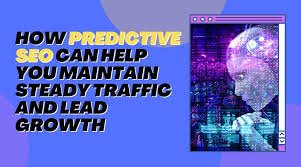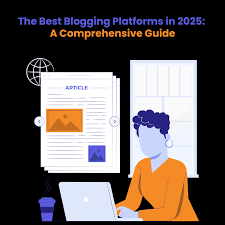10 Proven SEO Strategies to Skyrocket Your Website Traffic in 2025
3. Conduct In-Depth Keyword Research Keyword research is the backbone of any successful SEO strategy. Without identifying the right keywords, even the best content can get buried in the search results. In 2025, keyword research has become more nuanced and essential than ever. It’s not just about targeting a handful of high-traffic keywords—it’s about understanding your audience’s search intent and focusing on long-tail and related keywords that can drive targeted, high-quality traffic to your site. Why Keyword Research is Essential for SEO Effective keyword research allows you to discover what people are actually searching for and tailor your content to answer their questions or solve their problems. By targeting keywords that have a high search volume and low competition, you can increase your chances of ranking higher on search engines and attracting more visitors. Some key benefits of keyword research include: How to Conduct In-Depth Keyword Research To truly excel in SEO, your keyword research must go beyond simple search volume. Here’s how to conduct effective keyword research in 2025: These tools can help you expand your seed keywords into a comprehensive list of search queries that will guide your content strategy. Focus on targeting keywords that align with the informational intent if you’re creating blog posts or educational content. If you’re running an e-commerce site, targeting transactional keywords will help you attract customers ready to make a purchase. Using long-tail keywords allows you to capture more niche traffic while improving the chances of ranking for more specific queries. Instead of competing with big brands for high-traffic keywords, focus on less competitive, niche keywords that still have a decent search volume. These keywords can drive more targeted traffic without the intense competition. Additionally, Google’s related searches at the bottom of the search results page can give you insight into similar search terms. These can help you expand your list of target keywords and identify subtopics to cover in your content. Use tools like Google Trends to identify trends in your industry and create content around seasonal keywords. Keyword Mapping and Content Creation Once you have a comprehensive list of keywords, it’s time to map them to your content. For each piece of content, decide which primary keyword to target and which secondary keywords or related terms to include. Here’s how to approach it: Conclusion In-depth keyword research is a critical part of any successful SEO strategy. By identifying the right keywords—focusing on search intent, targeting long-tail keywords, and analyzing competition—you can create content that drives high-quality, targeted traffic to your website. In 2025, the key to keyword research isn’t just about the search volume; it’s about matching your content to what users are searching for, ensuring your site answers their questions, and providing valuable information. Related Tags:




















